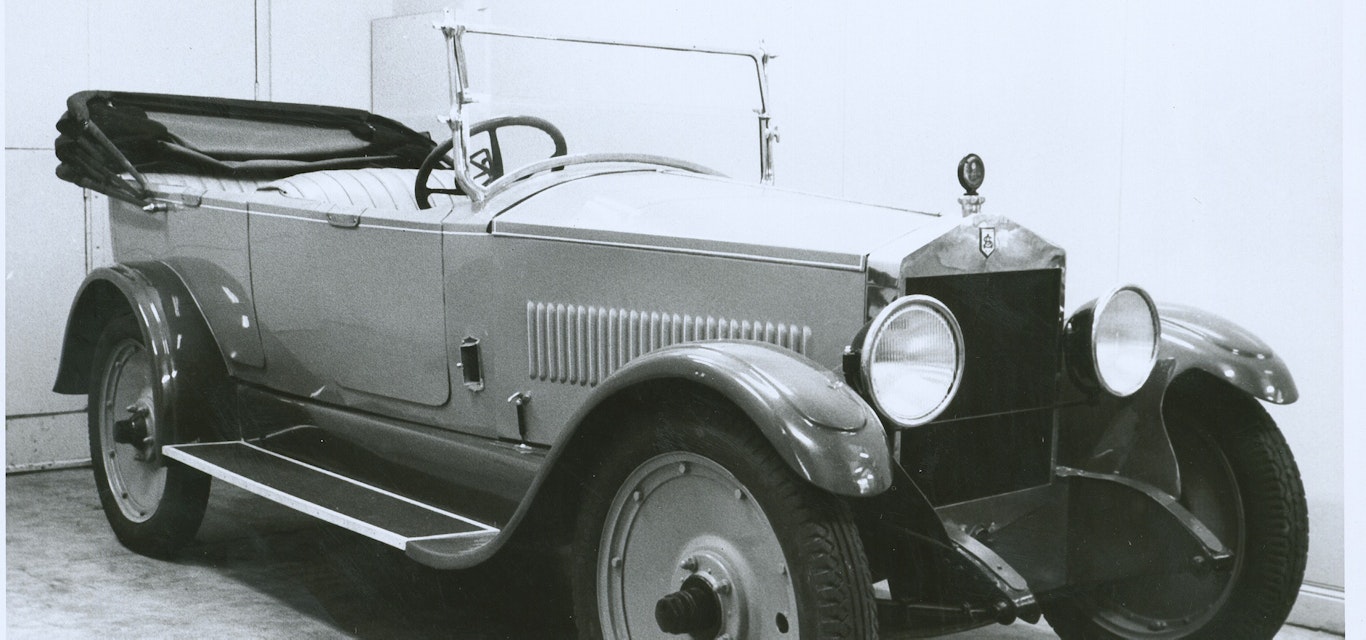A century of change: 1923 to 2023
While we celebrate turning 100 this year, we take a look back at some of the big automotive moments from 100 years ago.
33 cars ...
... took to a series of interconnected rural roads in the Sarthe region of France on Saturday 26 May 1923 for the first edition of the 24-hour Speed and Endurance Grand Prix/Rudge-Whitworth Cup. These days it’s more commonly known as the 24 Hours of Le Mans (Grand Prix d’Endurance de 24 Heures) and is regarded as the world’s greatest endurance racing event. With all but three of the original 33 starters being French, it’s perhaps not surprising that first race was won by Parisian automotive company Chenard-Walcker.
The 2023 event will feature the return of French car maker Peugeot with its radical 9X8 hybrid-powered racer, looking to take the Hypercar class trophy from the Toyota GR010 Hybrids that have dominated the race in recent years.
6 models ...
... of two-seater sporting cars were approved by William Morris of Morris Garages in Oxford UK; these became the first MG sports cars. Developed from the original four-seater Morris Cowleys, the two seaters came about as a result of the efforts of Cecil Kimber, whose enthusiasm for motorsport saw him developing ‘souped up’ Morris cars, with which he won gold in the 1923 London to Land’s End Trial. Kimber’s success prompted Morris to approve the new sports cars, and thus a legend was born.
16 examples ...
... are estimated to be all that remain of the Australian Six automobile, a 1923 version of which is on display in Sydney’s Powerhouse Museum Collection. In what is regarded as the first serious attempt to develop an Australian automotive industry, Australian Motors Ltd produced around 500 Australian Six automobiles in Sydney between 1918 and 1925. The museum’s H23 Tourer features a factory-built, four-door seven-seat tourer body, with fold-down seats and tan paintwork and upholstery.
The company’s motto was ‘Made in Australia, by Australians, for Australia’ but manufacturing issues and business problems meant the last Australian Six was built at Five Dock in 1925.
3 days ...
... is how long it took for the baked enamel paint to dry on Henry Ford’s Model T in 1923. That same year, chemists at the DuPont chemical group and technicians at General Motors invented Duco Paint, which dried faster, was just as affordable and came in every colour of the rainbow. The innovation allowed GM to offer its cars in a range of different hues, whereas the Model T came only in black. Coupled with GM president Alfred Sloan’s approach of arranging the various brands from entry-level Chevrolet to luxury Cadillac, Duco Paint played a key part in helping GM to US market leadership by 1927.
